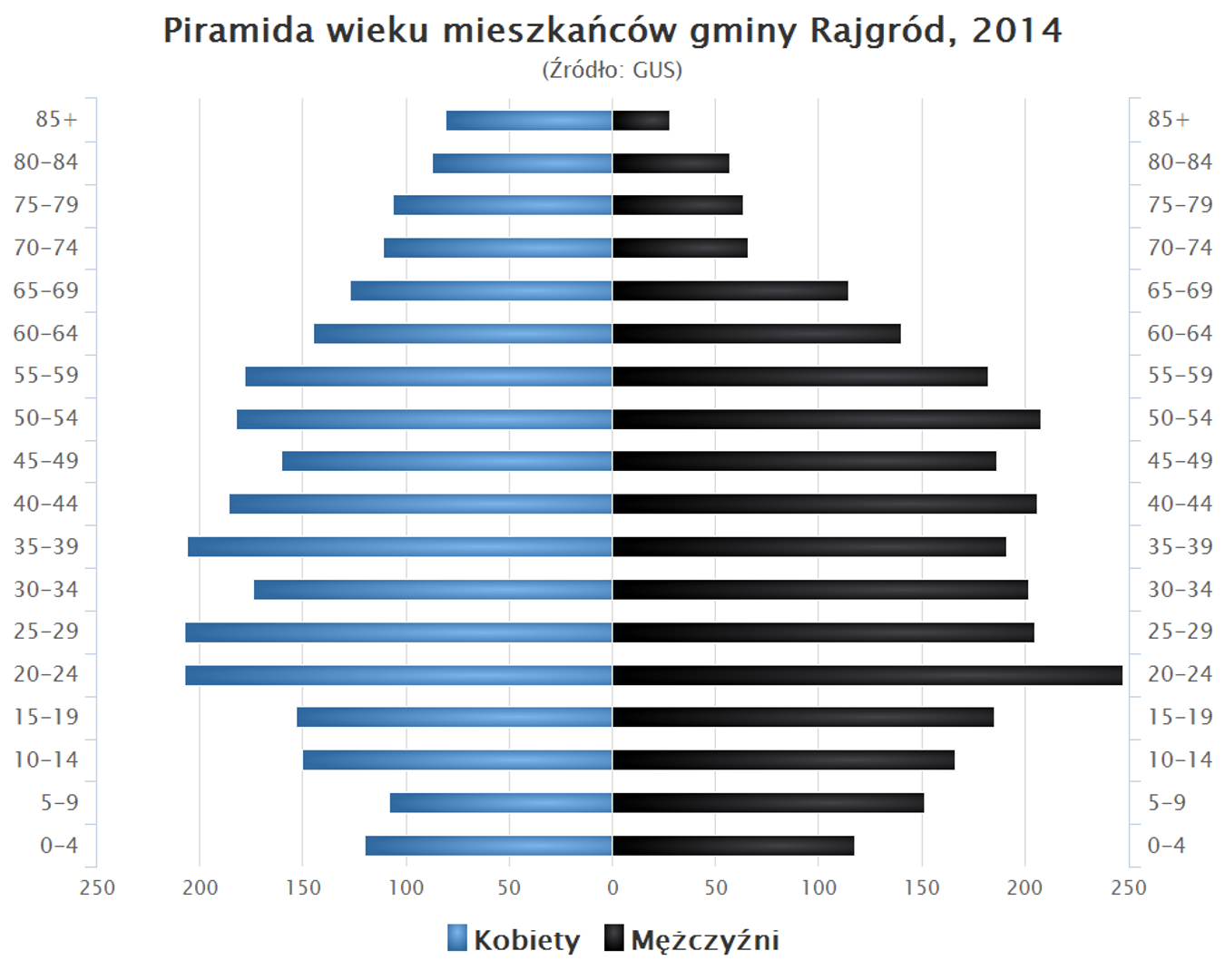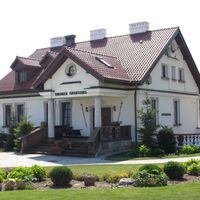Rajgród
6.56

Overview
The Rajgród Commune, located in the Podlaskie Voivodeship within Grajewo County, has a rich history dating back to 1870. It was established as a rural commune within the Kingdom of Poland after Rajgród lost its town rights. Between 1975 and 1998, the commune was part of the Łomża Voivodeship. The seat of the commune is Rajgród, which plays a significant role in the local community despite the predominantly rural character of the area.
The commune covers an area of 207.16 km², of which 58% is agricultural land and 29% is forested, highlighting its agricultural and natural landscape. The social structure includes numerous village administrations (sołectws), as well as settlements without formal administrative status, such as Pikły or Przejma. Demographically, according to data from 2004, the commune had a population of 5,615 residents.
Culturally, Rajgród is known for its rural traditions, local customs, and festivals, which play an important role in community integration. The presence of the Biebrza River, one of the region's greatest natural treasures, is also noteworthy. This area attracts tourists and nature enthusiasts, offering scenic views and opportunities for outdoor activities.
Additionally, the Rajgród Commune exemplifies the harmonious coexistence of agricultural and forested areas, making it an interesting subject for ecological and environmental studies. A notable fact is that the commune occupies 21.42% of Grajewo County's area, underscoring its importance in the region.
As a historical site that once held town status, Rajgród is also linked to numerous events and figures that have influenced the development of the area. The presence of multiple village administrations and the commune’s diverse functions highlight its flexibility and potential for growth, both culturally and ecologically, making it an interesting place to live and visit.
Location
You can also find here:
2025 Wizytor | All Rights Reserved

